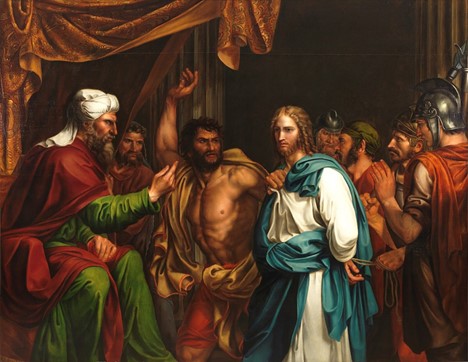As we draw near to the annual celebration of Easter, we find that we have a story that is driven by antagonism and conflict, with scenes of aggression and violence. We need to think carefully about how we tell the story found in the Gospels, and reflect prayerfully about how we preach the good news from these narratives.
We know the main characters in the story: Jesus and his followers, and the key authority figures of his day, lined up against him: the Jewish Sanhedrin; Pontius Pilate, the Roman Governor of Judea; and Herod Antipas, tetrarch of Galilee and Perea.
The way that the story unfolds, invites those who hear it—and those who preach on it—to make one party into “the villain”, even as others in the story receive (implicit) excusing. We side with Jesus, and that makes us view the other characters as “the baddies”.
So the danger sits before us, at Easter most especially: we might be tempted to target “the Jews”, to make negative or derogatory comments about Judaism and Jewish people, even (although I would hope not) to blame “the Jews” for the death of the Messiah. How close does this come to anti-Judaism, or even antisemitism?
We can be helped in our task by careful reflection on the nature of the texts, which we read, hear, explain, and reflect on, as we approach Easter, and especially as we move through Holy Week, from Passion Sunday to Good Friday.
Of the three key characters—the Jewish Sanhedrin, the Governor Pilate, and the tetrarch Herod Antipas—Herod has a somewhat tangential role: he appears only in Luke’s story (Luke 23:6-12) and simply rubber-stamps the decision of Pilate. Despite what Luke claims, there is no historical evidence that provides any reason why Jesus had to be presented to Herod, so the historicity of this scene is highly dubious.
Read the article in Insights Magazine.

